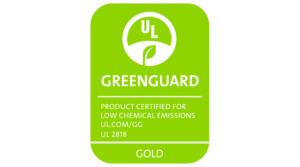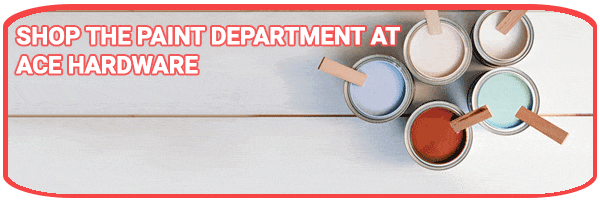How long after painting a room is it safe for a newborn?
Consumer Reports suggests painting at least two months before your baby’s arrival to give the fumes from Volatile Organic Compounds (VOCs) a chance to subside before you bring your new baby home.
If you’re on a shorter timeline, having a moving source of air will not only allow the paint to dry more quickly, it can also help to dissipate the paint fumes more quickly. Open as many windows as you can and consider adding rotating fans to the rooms you’ve painted. This will help to clear VOC’s from your living area.
You may be tempted to use an air purifier to help remove VOCs from the environment, but nearly every electrostatic air purifier you can buy will only remove much larger particulates such as pet dander and dust. Same goes for HEPA filter air purifiers and other even more expensive air filtration solutions. Keeping the painted room open and natural air flowing through it is simply the most reliable (and thankfully, cheapest) solution at hand.
However, if you haven’t actually begun your nursery painting project, there are also several types of non toxic paints on the market. This means you can cut down on the VOCs in the air from the start, thus making the room safe for the baby sooner.
Low VOC: These paints use water instead of petroleum to carry the paint. To be considered Low VOC, a paint may only contain 250 grams of VOC per liter. Likewise, varnishes are limited to 380 grams of VOC per liter. However, many reputable paint companies offer paints with even lower VOC levels. Look for Green Seal Certifications. They will look like this:
Zero VOC: These paints still contain VOCs but are limited to less than 5 grams of VOC per liter.
Check your state and local codes before starting any project. Follow all safety precautions. Every effort has been made to ensure the accuracy and safety of this information. Neither Westlake nor any contributor can be held responsible for damages or injuries resulting from the use of the information in this document.



